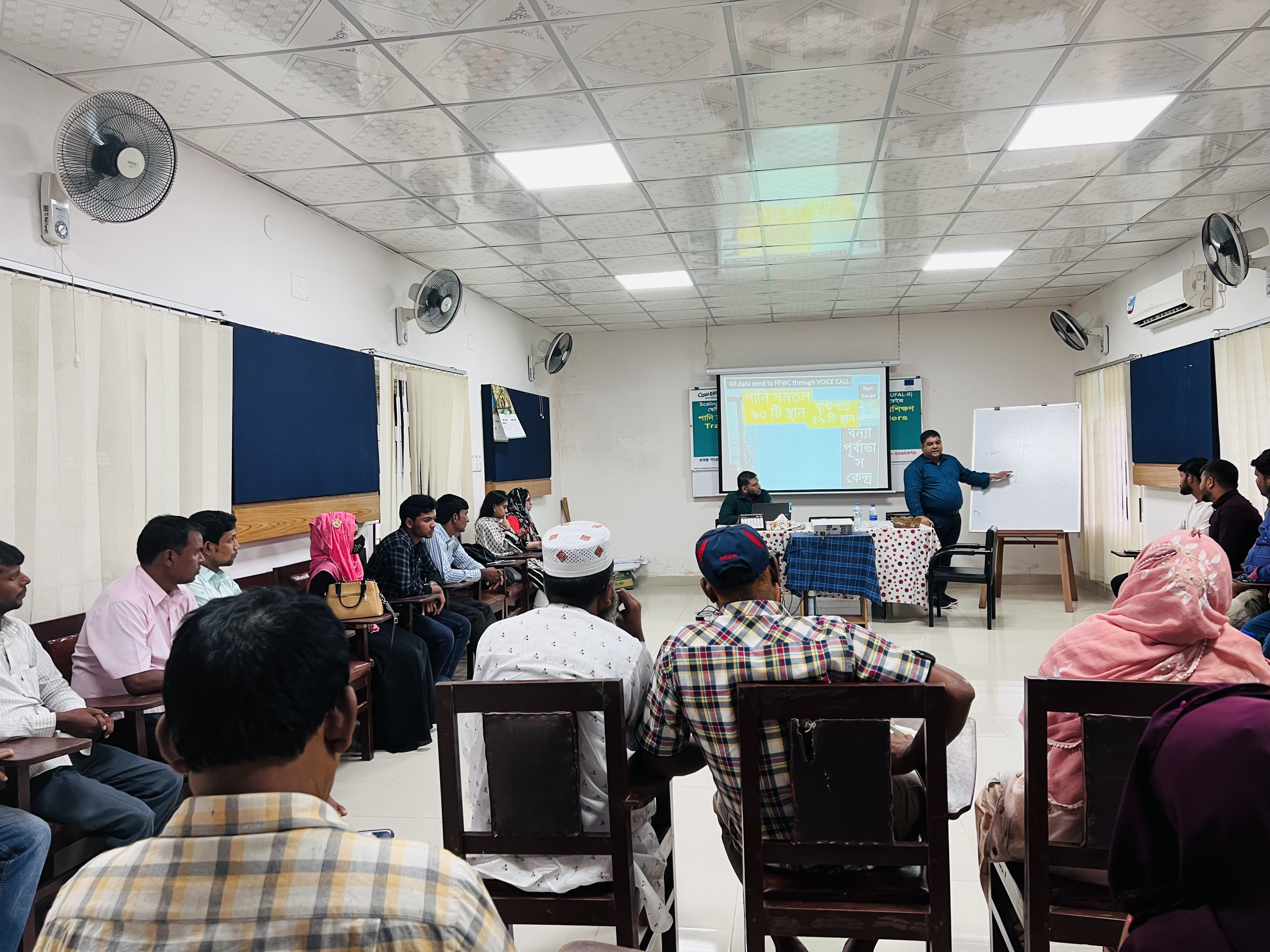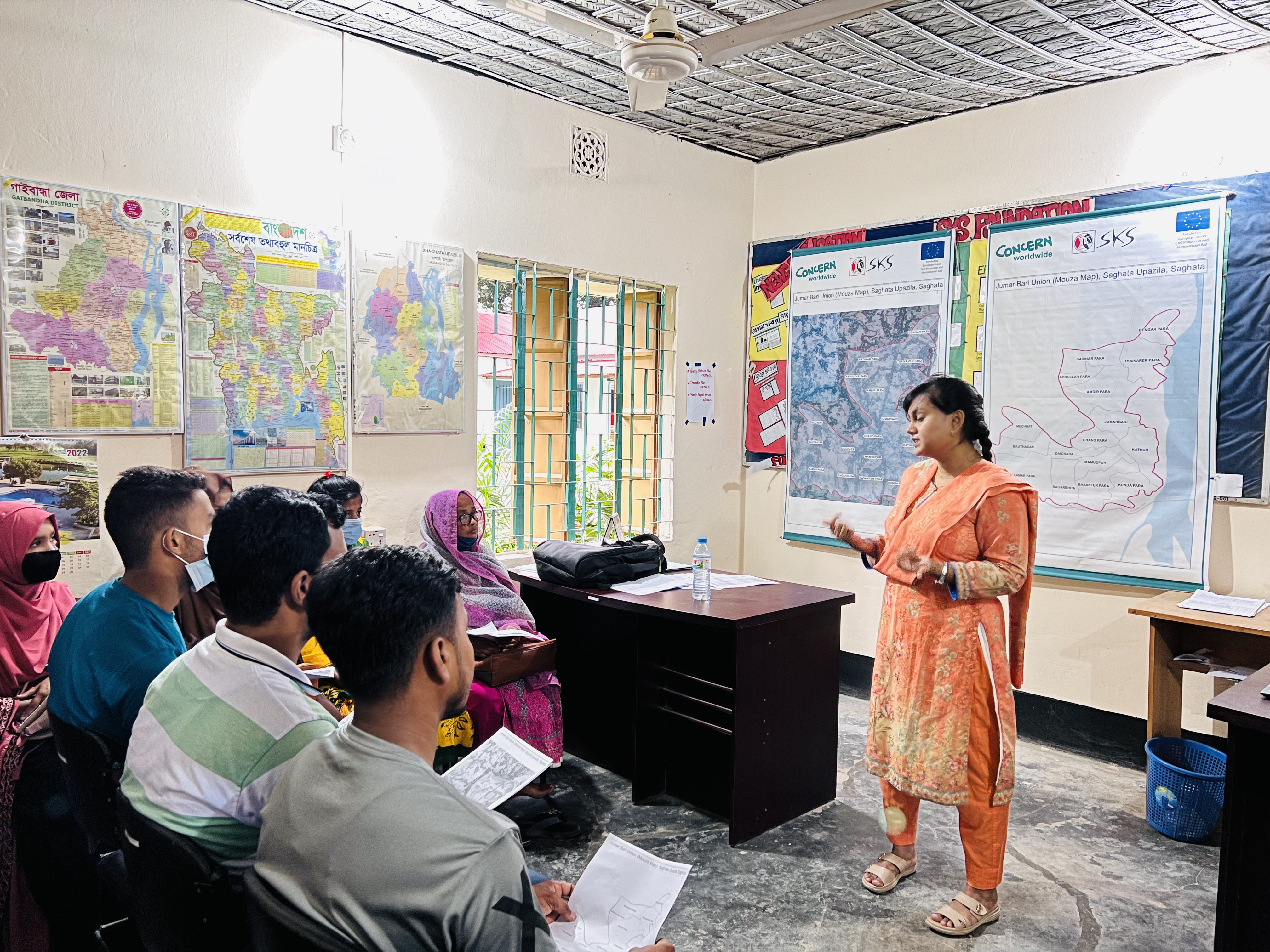Bangladesh is one of the most flood-prone countries in the world. Around 25 to 30 percent of the land area is inundated during a normal monsoon period incurring losses equivalent to 1.5% of GDP or $2.2 billion on average per year (ADB 2016).

Supporting Flood Forecast-based Action and Learning in Bangladesh (SUFAL) was implemented in a consortium led by CARE, with Concern Worldwide, Islamic Relief and technical partner: Regional Integrated Multi-Hazard Early Warning System for Asia (RIMES); and was funded by the Directorate-General for European Civil Protection and Humanitarian Aid Operations (ECHO).
SUFAL project focuses on reducing the vulnerability of flood-prone populations in the Brahmaputra-Jamuna basin by strengthening impact-based forecasting and early warning to trigger early actions and funding prior to flood events. The aim is to reduce the impact of floods on communities, improve effectiveness of emergency preparedness, response and recovery efforts, and reduce the humanitarian burden.
Flood Forecasting Warning Committee (FFWC) had introduced a 15-day flood outlook in the 2020 monsoon, with support of USAID-funded SHOUHARDO through CARE-RIMES, which was utilized by the SUFAL project. RIMES was responsible for providing technical support to FFWC in customizing EWMs through developing Upazila-level vulnerability maps, installing gauges, and developing Digital Elevation Model (DEM).

Promoting Forecast-based Early Action through SUFAL II
Building on the outcomes of phase I, SUFAL II is envisioned around the broader objective of strengthening the capacity of government and communities to take early action. SUFAL-II continues to support GOB in developing a community-based approach to Forecast-based Action (FbA), by highlighting risks and specific needs of most vulnerable households and communities and linking them to available institutional resources and services. The initiative will further enhance its support for institutions to better assist the most vulnerable communities ahead of anticipated floods.
